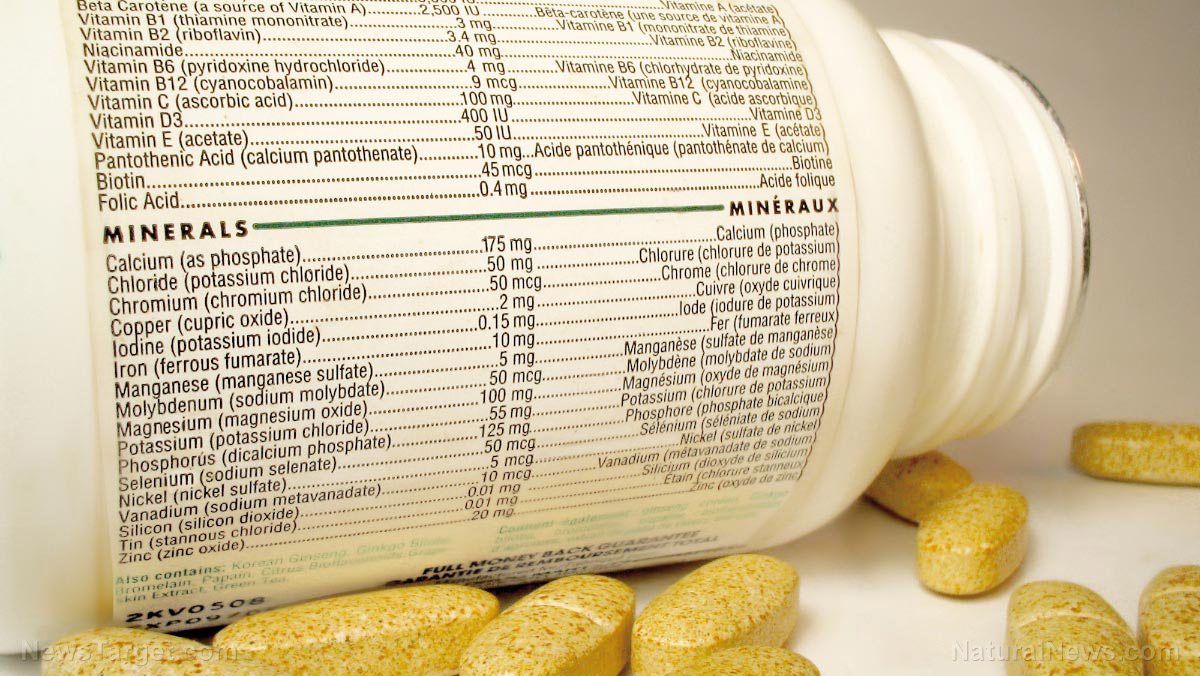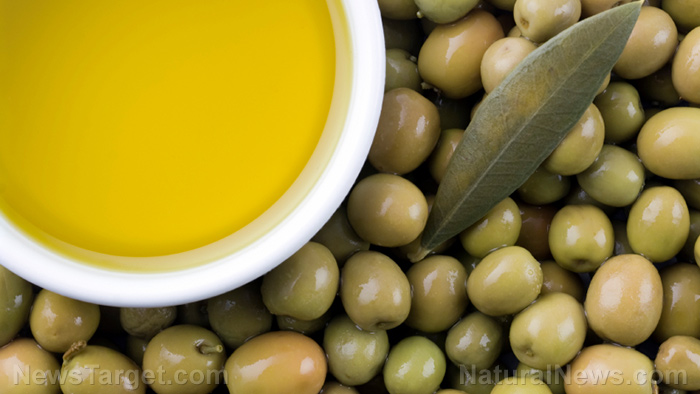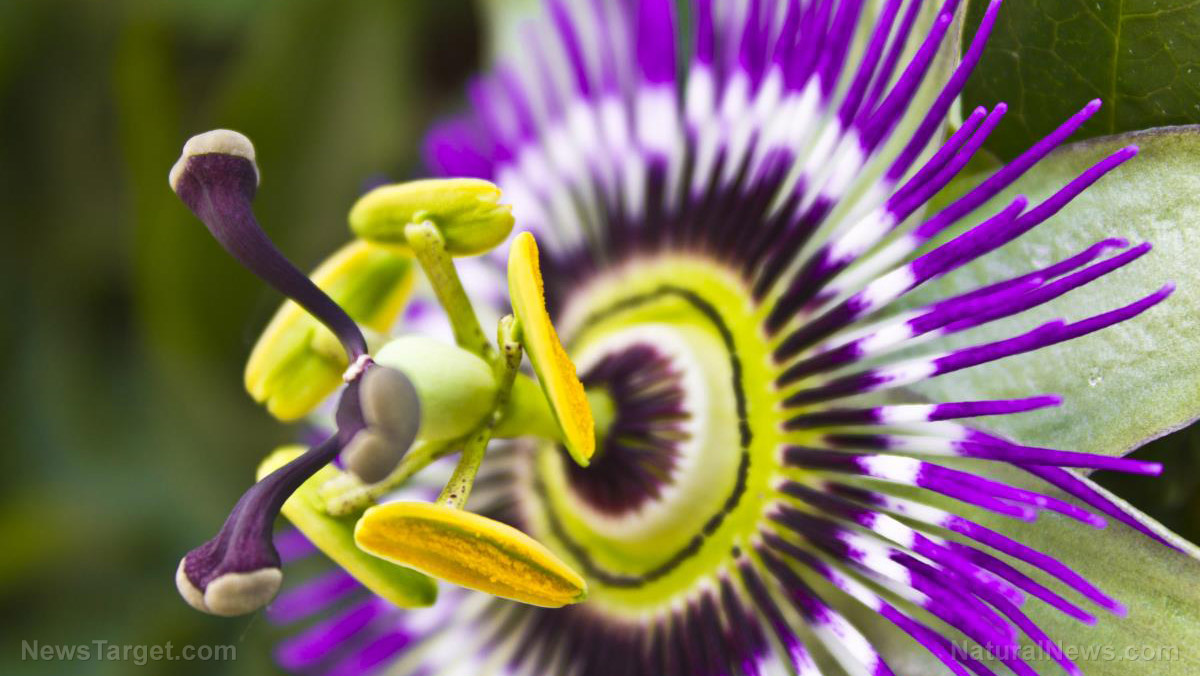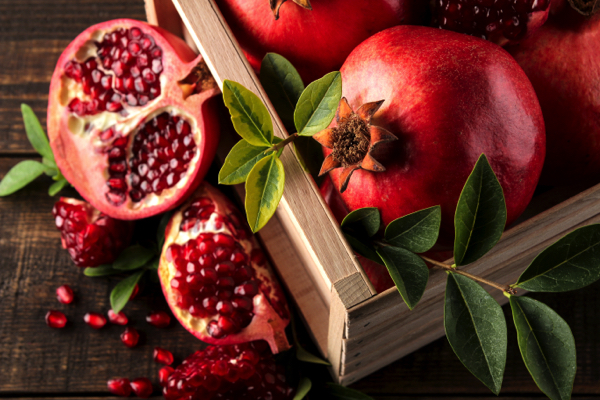A comprehensive guide to DANDELIONS, an ancient herbal medicine and superfood
04/08/2025 / By Ava Grace
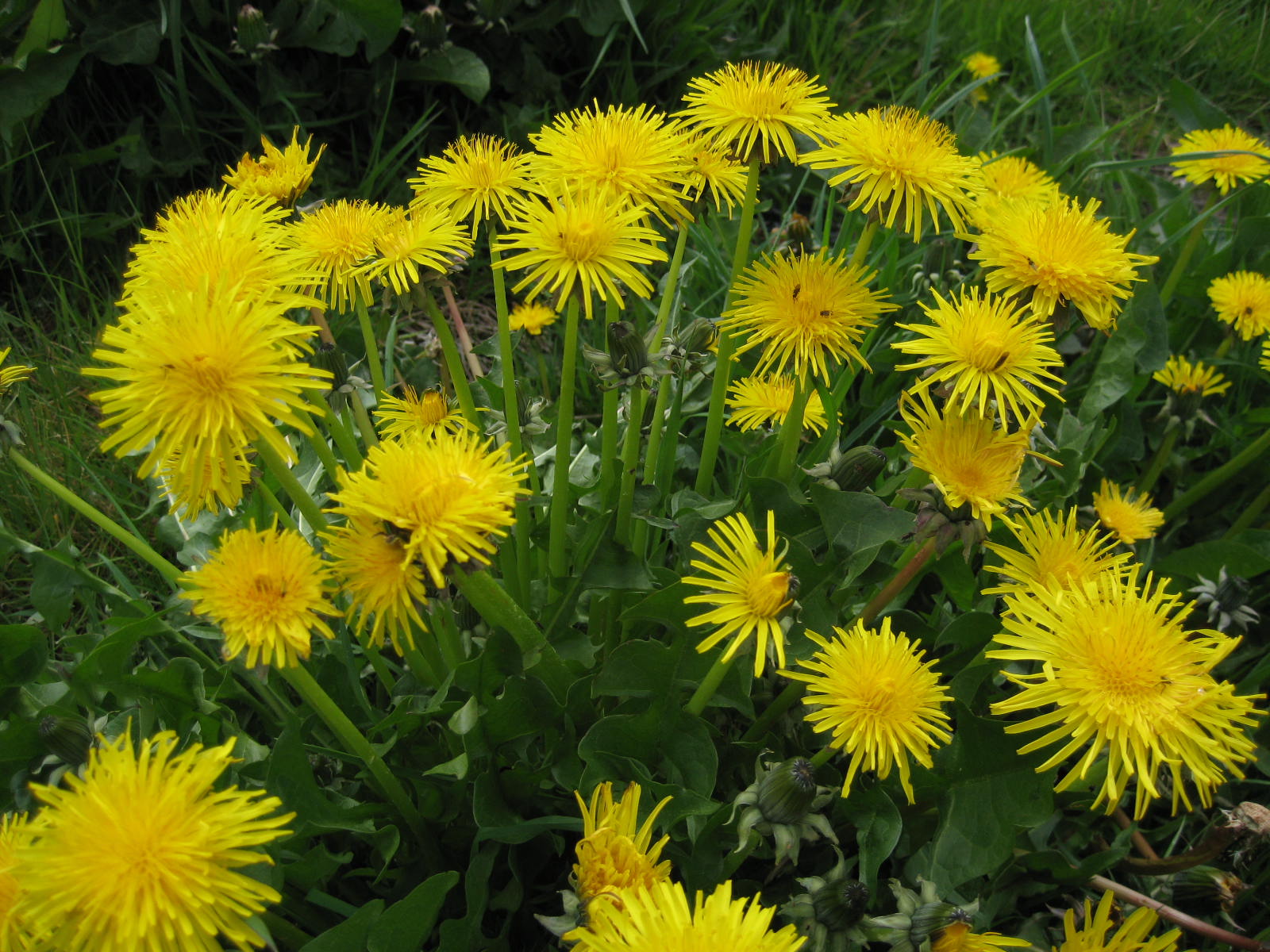
- Dandelions (Taraxacum officinale) have been used for thousands of years in traditional medicine by the ancient Chinese, Romans and Arabs. This remarkable plant spread globally, becoming a valued medicinal herb in Europe and North America by the 17th century.
- Dandelions are packed with essential nutrients and phytonutrients, including vitamins (A, C, K, B-complex), minerals (potassium, iron, calcium), antioxidants (lutein, zeaxanthin, beta-carotene) and bioactive compounds like flavonoids and terpenoids, which offer anti-inflammatory and anticancer properties.
- Dandelions can support liver detoxification, aid in digestion, act as natural diuretics, reduce inflammation, regulate blood sugar and boost immune function due to their high vitamin C content.
- Dandelions can be used in various dishes, such as salads, teas, wines, fritters and roasted root coffee. Their leaves, flowers and roots offer unique flavors, from slightly bitter greens to sweet, honey-like flowers and nutty, coffee-like roots.
- Often dismissed as weeds, dandelions symbolize resilience and adaptability. They are celebrated in folklore and modern health practices for their medicinal and culinary potential, encouraging a reevaluation of their role in health and wellness.
Dandelions, scientifically known as Taraxacum officinale, are ubiquitous flowering plants that belong to the daisy family. Often dismissed as mere weeds, dandelions have a rich history 0f use in traditional medicine and are gaining recognition in modern health practices.
Brief history
The history of dandelions can be traced back thousands of years, with evidence of their use in traditional medicine found in ancient Chinese, Roman and Arabic texts. The medicinal uses of dandelions were first documented in the 10th century, and by the 17th century, usage of the plant as a natural remedy had spread across Europe and North America via colonists who valued dandelions’ medicinal properties.
Dandelions are native to Eurasia but are now cultivated in temperate regions worldwide, thriving in a variety of soils and climates. (Related: Not just a weed: 5 Ways to use dandelions in your kitchen.)
Dandelions are known by various names, including lion’s tooth, blowball and pissabed, the latter stemming from the herb’s diuretic effects. The name “dandelion” itself is derived from the French “dent de lion,” meaning “lion’s tooth,” a reference to the jagged edges of dandelion leaves.
In medieval Europe, dandelions were considered a symbol of resilience and adaptability, often depicted in art and literature. In some cultures, blowing on a dandelion clock (the white, fluffy seed head) and making a wish before the seeds disperse is a cherished childhood tradition.
Dandelions are easily recognizable by their bright yellow flowers, which bloom from early spring to late fall. The flowers have a smooth, trumpet-like shape and are about 1-1.5 inches in diameter. The leaves are long and deeply lobed with a saw-toothed edge. Dandelion roots are long and thin, often reaching up to 12 inches into the soil.
Phytonutrients and health benefits
Dandelions are a treasure trove of essential nutrients and phytonutrients — biologically active compounds with health-promoting properties. Some of the key compounds in dandelions include:
- Vitamins – Dandelions are high in vitamins A, C and K, as well as B-complex vitamins.
- Minerals – Dandelions are also rich in potassium, iron and calcium.
- Antioxidants – Dandelions contain lutein, zeaxanthin and beta-carotene, which help combat oxidative stress.
- Flavonoids – Flavonoids like quercetin and kaempferol have anti-inflammatory and anticancer properties.
- Terpenoids – Dandelions contain taraxasterol and taraxerol, which are responsible for some of the plant’s medicinal effects.
Dandelions have been used to address a wide range of health conditions and symptoms. Some of their most notable benefits include:
- Liver detoxification – Dandelion root is known for its liver-protective properties, helping to stimulate bile production and detoxify the liver.
- Digestive support – The high fiber content and bitter compounds in dandelion leaves can aid digestion and alleviate constipation.
- Diuretic action – Dandelion leaves and root act as natural diuretics, helping to reduce fluid retention and lower blood pressure.
- Anti-inflammatory effects – The flavonoids and terpenoids in dandelions have anti-inflammatory properties, which can help manage conditions like arthritis.
- Blood sugar regulation – Preliminary studies suggest that dandelion root may help improve insulin sensitivity and lower blood sugar levels.
- Immune support – The high vitamin C content of dandelion greens supports immune function and helps combat oxidative stress.
Culinary uses and recipes
Dandelions are versatile and can be used in various culinary preparations. Here are some common ways to incorporate dandelions into your diet:
- Dandelion salad – Combine fresh dandelion greens with other leafy greens, a citrus vinaigrette and crunchy nuts for a nutrient-packed salad.
- Dandelion tea – Brew dandelion root or leaves to create a soothing, diuretic tea. This can be enjoyed hot or iced.
- Dandelion wine – Ferment dandelion flowers with sugar and water to create a sweet, floral wine.
- Dandelion flower fritters – Dip dandelion flowers in a batter and fry until crispy for a delightful spring treat.
- Dandelion root coffee – Roast and grind dandelion roots to create a caffeine-free coffee substitute with a rich, earthy flavor.
The taste of dandelions varies depending on the part of the plant and its maturity. Young dandelion greens have a slightly bitter, tangy flavor similar to arugula. They become more bitter as they mature. Dandelion flowers have a mild, sweet taste with a hint of honey. Dandelion roots, when roasted, have a nutty, coffee-like flavor.
Here are popular dandelion recipes that you can try:
- Dandelion greens pesto – Blend fresh dandelion greens with garlic, pine nuts, Parmesan cheese and olive oil for a vibrant, healthful pesto.
- Dandelion root soup – Simmer roasted dandelion roots with potatoes, onions and vegetable broth for a hearty and comforting soup.
- Dandelion flower jelly – Create a sweet, floral jelly by boiling dandelion flowers with sugar and lemon juice, perfect for spreading on toast or scones.
- Dandelion root roast – Roast dandelion roots with olive oil, salt and pepper for a side dish that pairs well with roasted meats.
- Dandelion leaf smoothie – Blend young dandelion leaves with bananas, Greek yogurt and a touch of honey for a nutrient-rich smoothie.
Dandelions, often overlooked as common weeds, are a powerful and versatile plant with a rich history of medicinal and culinary use. From liver detoxification to immune support, the health benefits of dandelions are numerous and well-documented. By incorporating dandelions into your diet through teas, salads and other recipes, you can harness the natural healing properties of this remarkable plant.
This story is not medical advice and is not intended to treat or cure any disease. Always consult with a qualified naturopathic physician for personalized advice about your specific health situation or concern.
For more fascinating insights into superfoods and their natural wonders, visit NaturalNews.com. It’s a treasure trove of articles that will deepen your understanding of the healing power of food.
If you’re into cutting-edge technology with a health twist, try Brighteon.ai. Created by Mike Adams, the Health Ranger, this AI model is a free download that you can run on your own device. It’s all about sharing knowledge freely and bypassing the filters of censorship.
And if you’re looking for a place to openly discuss everything from nutrition to natural remedies without any holds barred, Brighteon.com is your go-to spot. Don’t forget to check out their free speech social media platforms, Brighteon.IO and Brighteon.social, where the conversation is always lively and uncensored.
Watch this video about the health benefits of dandelions.
This video is from the What is Happening channel on Brighteon.com.
More related stories:
Not just a weed: 5 Ways to use dandelions in your kitchen.
Foraging tips: 17 Wild foods to forage for your winter stockpile.
9 Ways to feed your chickens for FREE.
15 Perennial herbs to grow in your survival garden.
Sources include:
Submit a correction >>
Tagged Under:
#nutrition, dandelions, food cures, food is medicine, food science, functional food, health science, herbal medicine, Herbs, ingredients, natural cures, natural health, natural medicine, nutrients, organics, phytonutrients, plant medicine, remedies
This article may contain statements that reflect the opinion of the author









